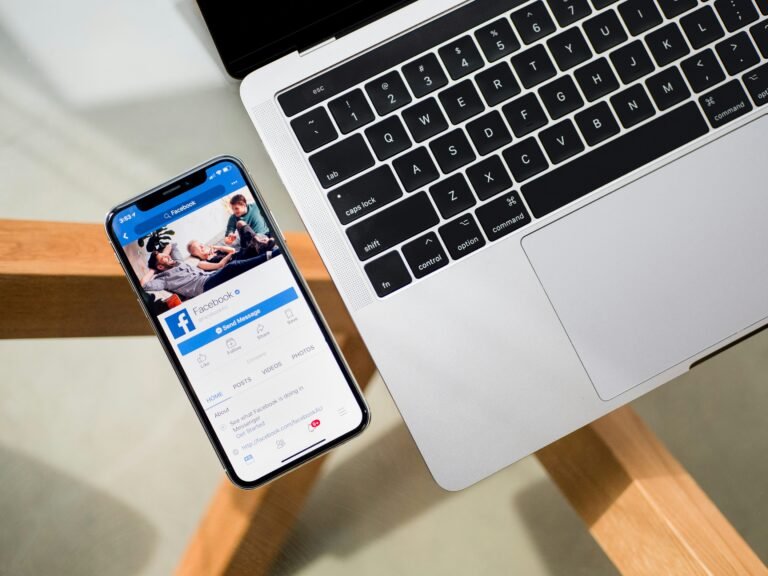The cost of everything seems to be rising, but that does not mean you have to surrender your budget to inflation. In fact, 2025 is shaping up to be a year where being a smart, intentional shopper can deliver bigger savings than ever before. The game has simply changed from clipping paper coupons to mastering digital tools and adopting a more mindful spending mindset.
Being budget-friendly is not about deprivation. It is about being strategic. When you save money on essentials, you free up cash for the experiences or investments that genuinely matter to you.
This post breaks down the most effective, modern budget-friendly shopping hacks for the current year, ranging from automated savings technology to essential shifts in how you approach your weekly shopping.
The Digital Edge Automation and Awareness
In 2025, your smartphone is your most powerful savings tool. Technology has made saving money less about effort and more about automation and instant information.
1. Master the Cashback and Coupon Extensions
Forget manually hunting for promo codes. The best savings are now automated and happen in the background.
- Cashback Apps (Rakuten, Ibotta): Use browser extensions or apps like Rakuten for online purchases and Ibotta for groceries. These tools give you a percentage of your purchase back as real cash, turning regular shopping into a reward system. They require virtually zero effort after the initial setup.
- Auto-Coupon Finders (Honey, Capital One Shopping): Install these browser extensions. When you reach the checkout page of any online store, they automatically test every known coupon code and apply the one that gives you the biggest discount. This removes the guesswork and effort entirely.
- Price Drop Protection: Some shopping apps now monitor the price of an item you just bought. If the price drops within a set window, they can help you claim a refund for the difference.
2. Subscription Management is the New Auditing
With everything from streaming services to software being subscription-based, this has become a major budget leak.
- Use AI-Powered Audit Tools: Apps like Rocket Money or Trim are essential. They connect to your bank account, identify all recurring charges, flag price increases, and can even negotiate better rates on your existing bills (like internet or cable) for you. Many people save hundreds annually just by canceling forgotten subscriptions.
- Adopt the Low-Buy Challenge: Fueled by online communities, the “No-Buy” month is a powerful way to reset spending habits. You set strict rules on only purchasing true essentials (food, bills) for a period, dramatically reducing impulse spending and highlighting what you truly need versus what you merely want.
The Mindset Shift Intentional Buying
Beyond the apps, the most significant savings come from changing your pre-purchase habits and challenging the retail environment.
3. Implement the 30-Day Waiting Period
Impulse purchases are budget killers. For any non-essential item over a certain price threshold (e.g., $50), implement a mandatory 30-day waiting rule. Put the item in your cart or write it down, and do not buy it for a full month.
The Experience Advantage: Nine times out of ten, the desire to purchase will fade, and you will save the money. If you still want the item after 30 days, you know it is a considered purchase that you will value long term, increasing its value for money.
4. Secondhand First Embrace the Circular Economy
Shopping secondhand is no longer limited to dusty thrift stores. It is a mainstream, budget-friendly strategy for high-quality items.
- App-Based Resale: For clothing, check platforms like Poshmark and Vinted. For home goods and furniture, look at local Buy Nothing groups or Facebook Marketplace. These avenues offer premium items at a fraction of the cost, making them the most budget-friendly way to shop for quality.
- Consider Sustainable Value: Buying a high-quality, pre-owned item that lasts for years is always cheaper than repeatedly buying poor-quality alternatives.
Supermarket Strategies Slicing the Grocery Bill
Grocery costs remain high, making the weekly food shop a critical area for savings.
5. Buy Generic and Go Frozen
The cost difference between name brands and store-brand (generic) equivalents is often pure marketing, not quality.
- Compare Ingredients: For most pantry staples, cleaning supplies, and many over-the-counter medicines, the ingredients are identical. Choose the cheaper store brand to shave a significant amount off your total bill instantly.
- Frozen Over Fresh: Buy frozen vegetables and fruits instead of fresh, especially when the item is out of season. Frozen produce is picked at peak ripeness, retains its nutritional value, and costs substantially less than its fresh counterpart that often spoils before you can use it all.
6. The Strategic Price Check
Never assume one store has the best price for everything. This hack requires minor effort but yields major rewards.
- Use Price Comparison Apps: Use apps to compare prices on specific items between competing supermarkets in your area. This is especially useful for high-cost items like meat or specialty oils.
- Shop the Loss Leaders: Stores advertise a few key items known as “loss leaders” at an unusually low price to get you in the door. These are your deep-discount opportunities. Plan your meals around these deeply discounted sale items advertised in the weekly circular, rather than simply writing a list and hoping for the best.
Conclusion
The theme for budget-friendly shopping hacks for 2025 is intentionality mixed with smart technology. By adopting the 30-day wait rule, embracing the high-value of secondhand goods, and letting cashback apps do the work in the background, you move from passively spending to actively saving. Start with one or two of these strategies today, and you will quickly see a measurable difference in your financial well-being.




